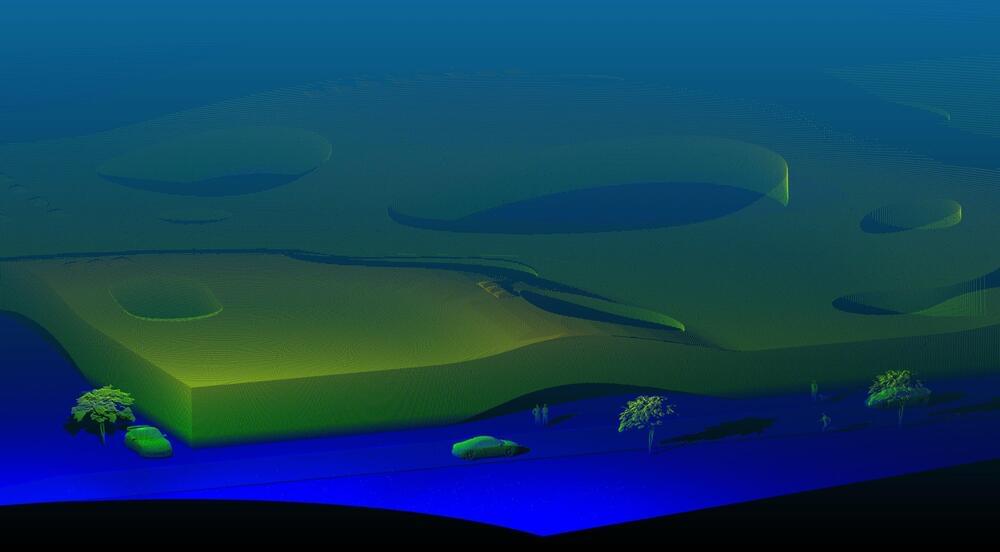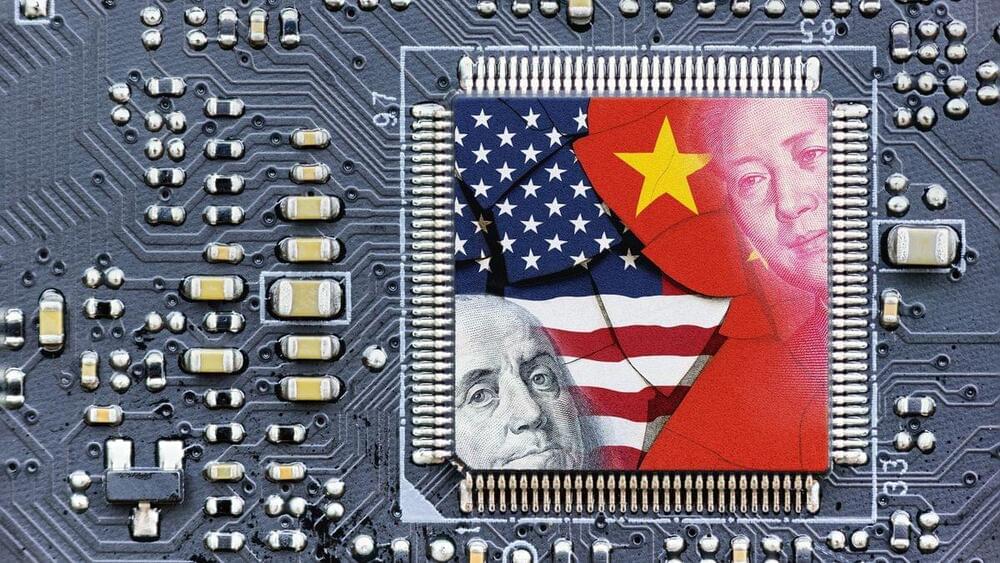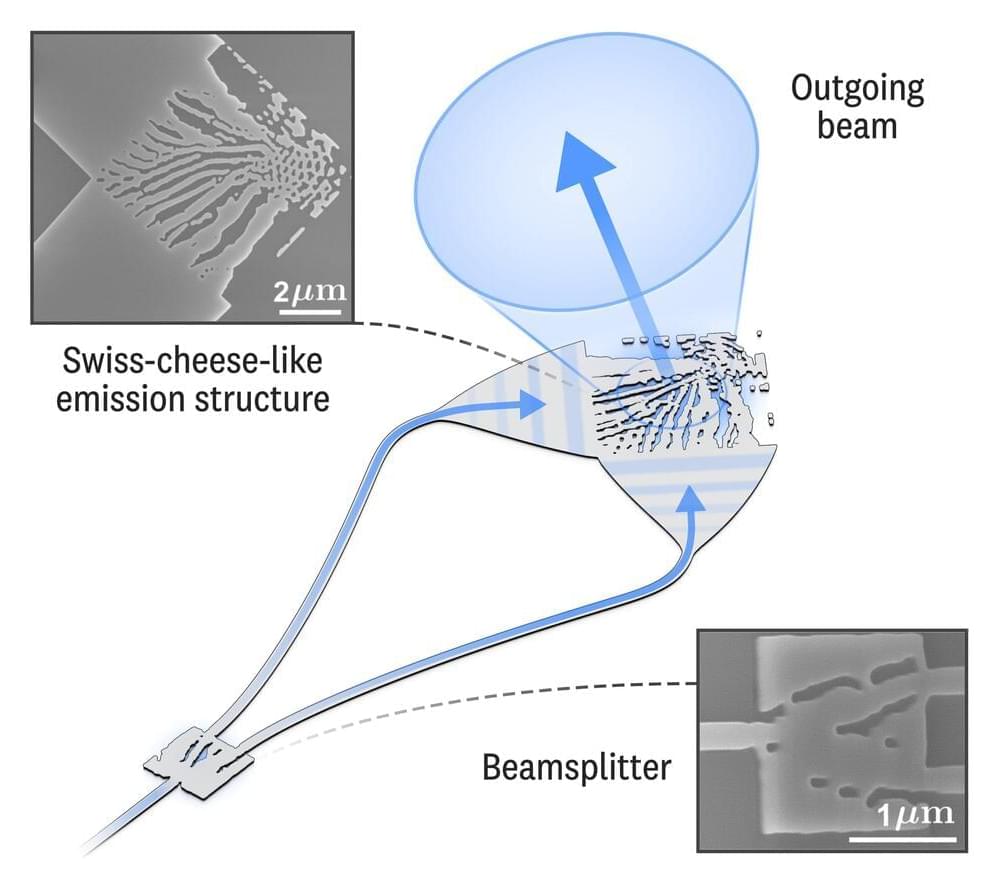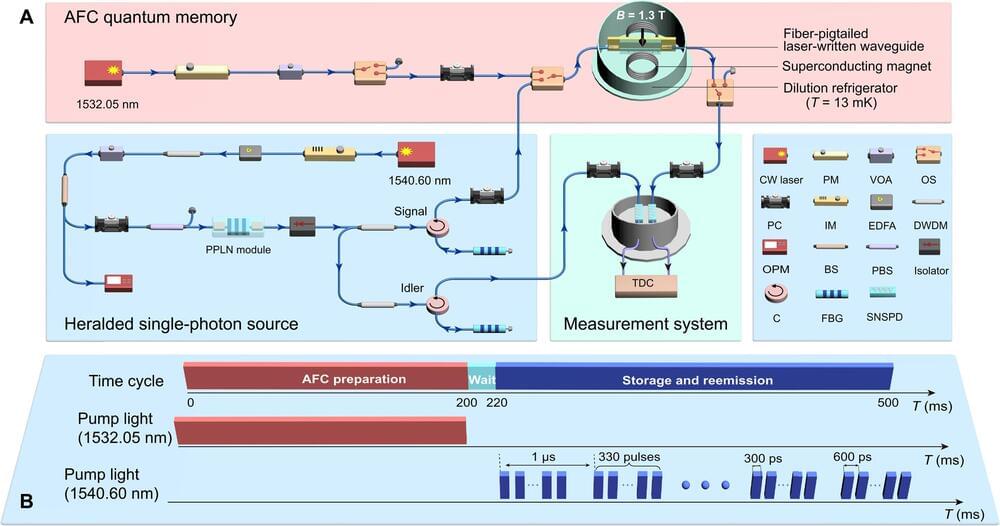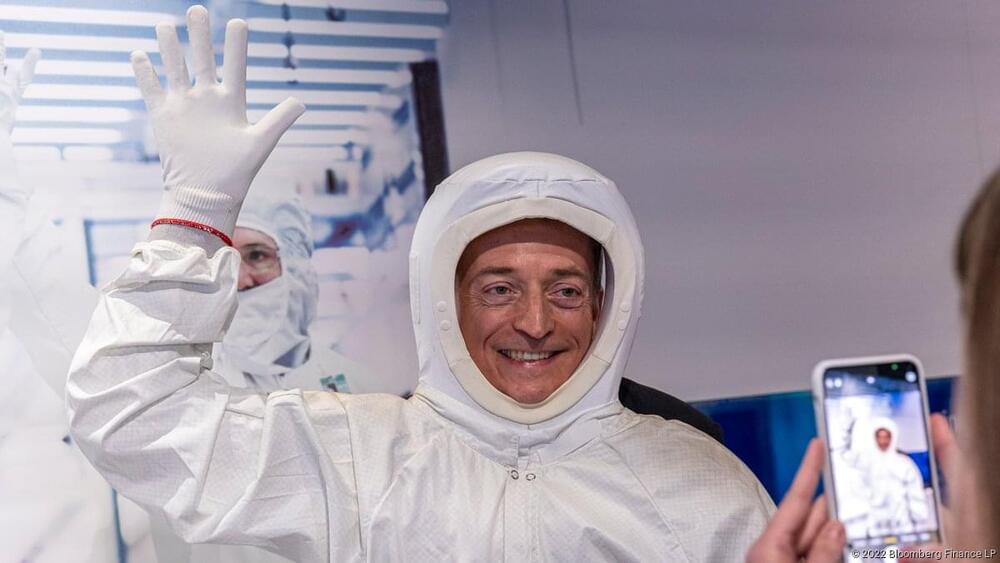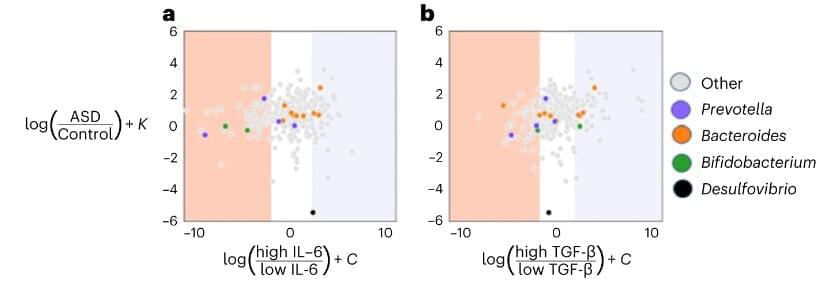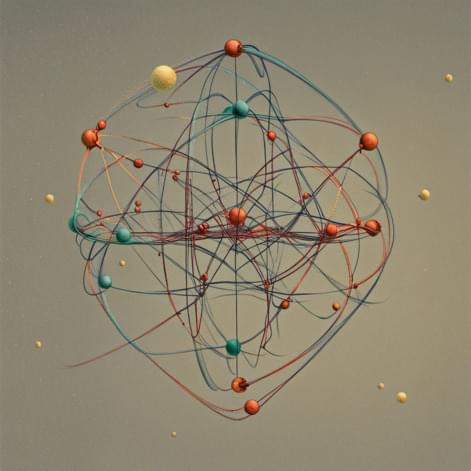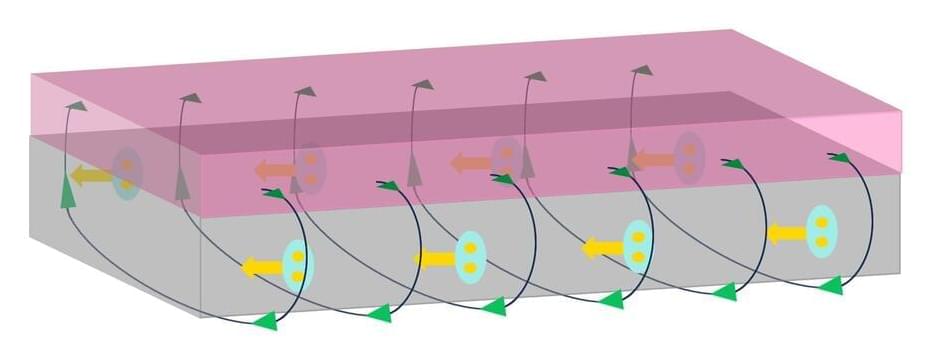The transition to chaos is ubiquitous in nonlinear systems. Continuous-wave-driven photonic-chip-based Kerr microresonators exhibit spatiotemporal chaos, also known as chaotic modulation instability.
For more than fifteen years such modulation instability states have been considered impractical for applications compared to their coherent-light-state counterparts, such as soliton states. The latter have been the centerpiece for numerous high-profile application demonstrations, from long-range optical communication to photonic computing.
Now, researchers from the group of Tobias Kippenberg at EPFL have found a new way to harness the unique features of chaotic frequency combs to implement unambiguous and interference-immune massively parallel laser ranging by utilizing the intrinsic random amplitude and phase modulation of the chaotic comb lines.
